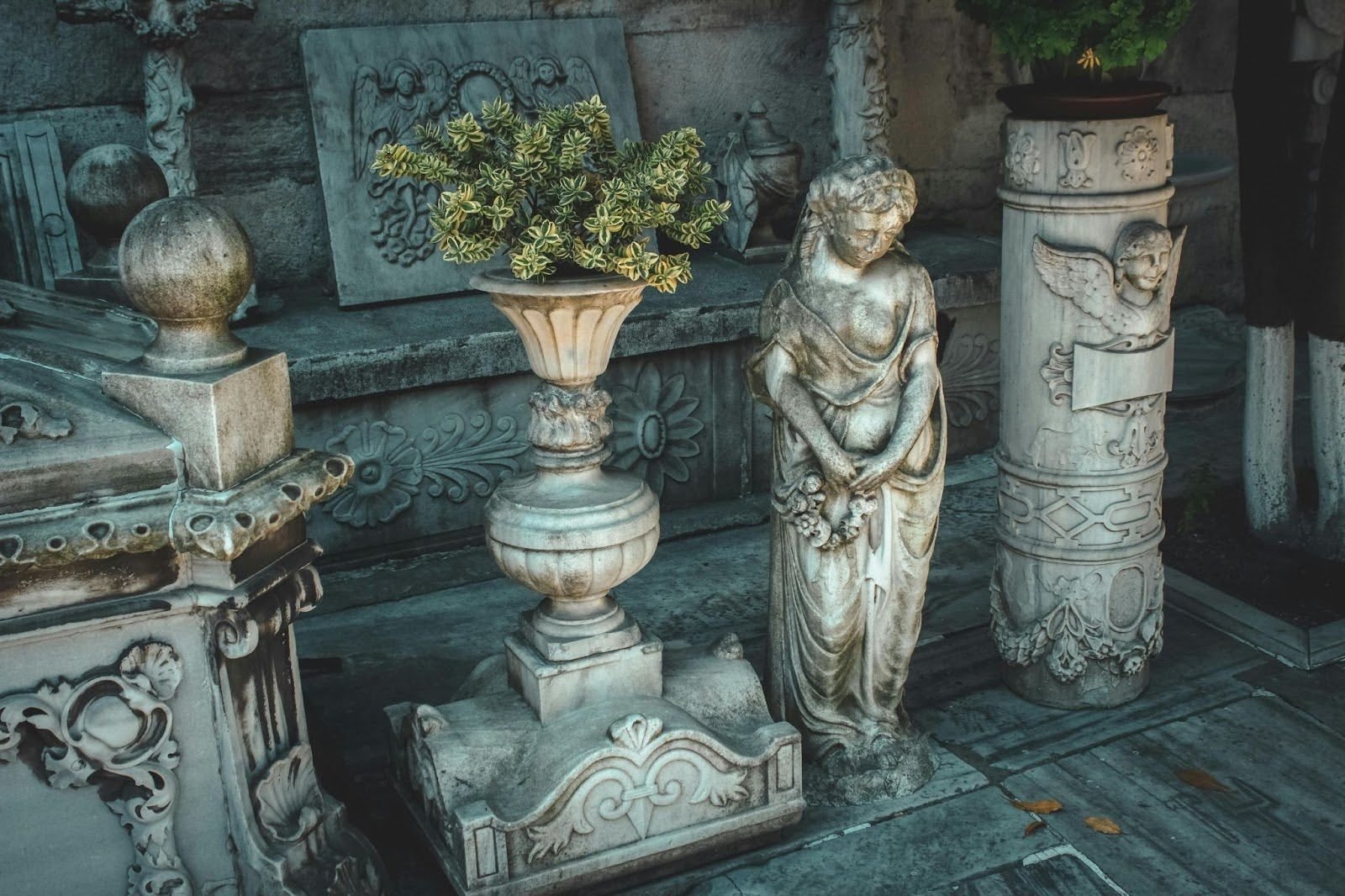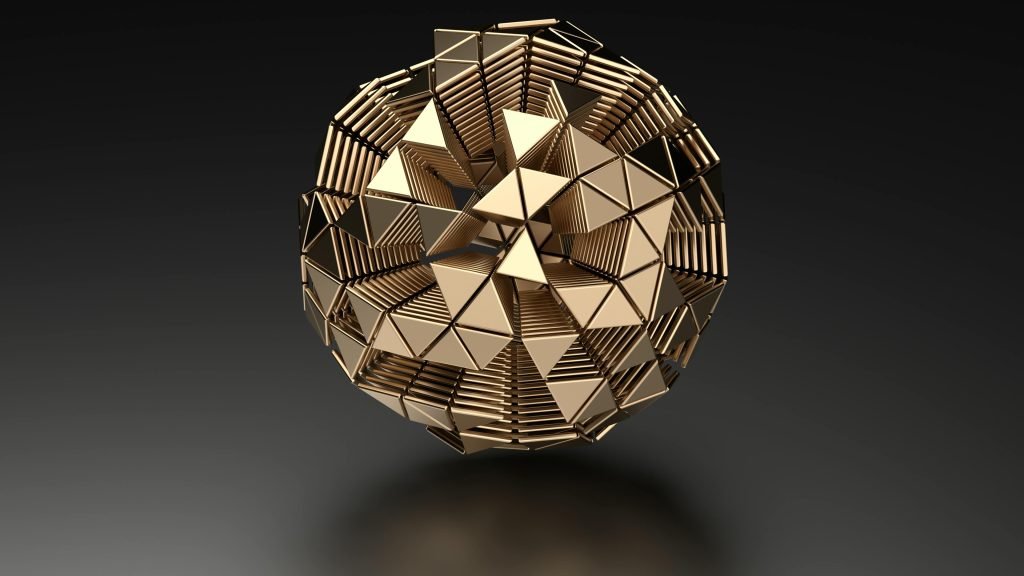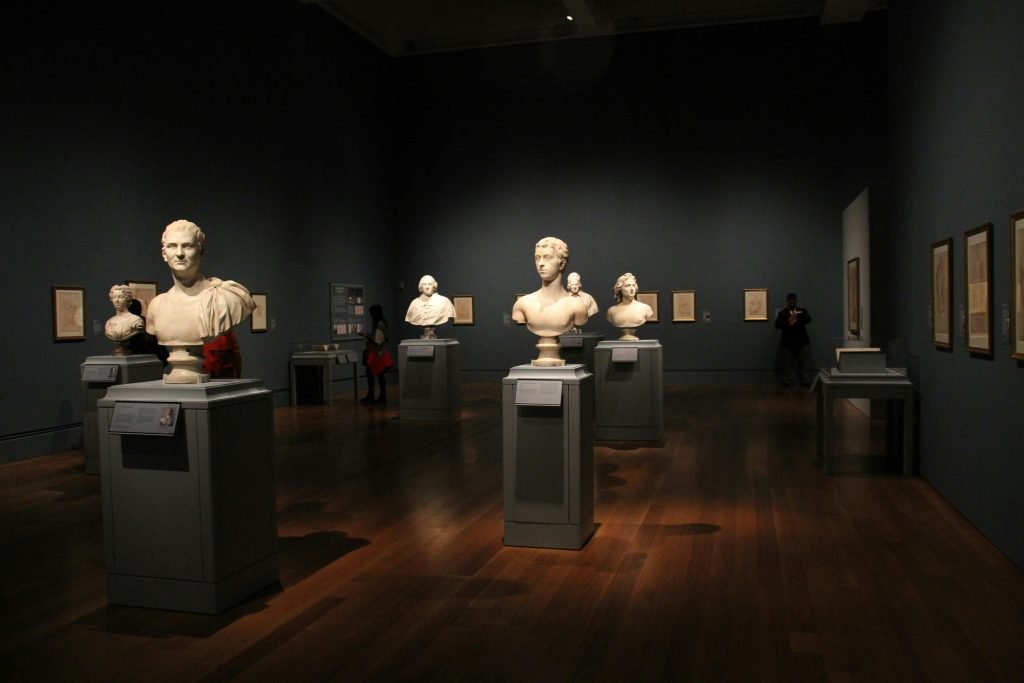
Unveiling the Beauty of Sculpture & 3D Art
Sculpture and 3D art are among the most captivating forms of visual expression. They allow artists to transform their visions into tangible, three-dimensional works. From classical marble sculptures to contemporary digital artworks, the realm of sculpture and 3D art encompasses a diverse array of mediums, styles, and techniques. In this article, we embark on a journey to explore the beauty, history, and significance of sculpture and 3D art, uncovering the secrets behind these timeless art forms.
Understanding Sculpture & 3D Art
1. Defining Sculpture & 3D Art
Sculpture and 3D art encompass artistic creations that exist in three-dimensional space, allowing viewers to experience them from multiple angles and perspectives. These artworks can be made from a variety of materials, including stone, metal, wood, clay, and even digital media, and can range in scale from small sculptures to large-scale installations.
2. Exploring Different Mediums and Techniques
Sculpture and 3D art offer a vast array of mediums and techniques for artists to explore, each with its own unique characteristics and possibilities:
- Traditional Sculpture: Traditional sculpture involves the process of carving, modeling, or casting materials such as marble, bronze, or clay to create physical objects. Techniques such as carving, modeling, and casting allow artists to shape and manipulate materials into intricate and expressive forms.
- Contemporary Sculpture: Contemporary sculpture encompasses a wide range of styles and approaches, including abstract, figurative, and conceptual art. Contemporary sculptors frequently experiment with unconventional materials and techniques. This approach challenges traditional sculptural norms and opens up new pathways for artistic expression.
- Digital Sculpture: The advent of digital technology has empowered artists to craft sculptural works using computer software. Additionally, they utilize digital tools to enhance their creative process. Digital sculpting software like ZBrush and Blender enables artists to mold virtual objects within a three-dimensional space. This technology provides unparalleled freedom and flexibility during the creative process.
Exploring the Advantages of Sculpture & 3D Art
Sculpture and 3D art transcend mere visual appeal, serving as forms of artistic expression with numerous benefits. These advantages go well beyond the aesthetic realm. These art forms not only nurture creativity but also play a crucial role in preserving cultural heritage. Consequently, they significantly enrich both our lives and society at large. Let’s delve into the various advantages of sculpture and 3D art:
1. Creativity and Expression

Sculpture and 3D art provide artists with a three-dimensional canvas for expressing their creativity and imagination. Sculpture and 3D art differ from two-dimensional mediums like painting or drawing by allowing artists to engage with space, volume, and form. This results in tangible creations that encourage viewers to explore them from various perspectives. This freedom of expression encourages artists to push the boundaries of traditional art mediums and explore new techniques and materials.
2. Tangible Representation
One of the key advantages of sculpture and 3D art is their ability to create tangible representations of abstract concepts, ideas, and emotions. These art forms, whether as figurative sculptures representing human shapes or abstract installations that conjure mood and atmosphere, provide a physical presence. This presence deeply engages viewers on an emotional level. This tangible representation allows artists to communicate complex themes and narratives in a way that resonates deeply with audiences.
3. Preservation of Cultural Heritage
Sculpture and 3D art play a crucial role in preserving cultural heritage and documenting the history and traditions of diverse communities. Historically, sculptors have produced monumental statues, reliefs, and architectural decorations. These works stand as lasting emblems of cultural identity and pride. Artworks ranging from ancient sculptures of gods and heroes to contemporary installations examining cultural diversity and heritage offer invaluable perspectives. They reveal the richness and variety of human civilization.
4. Public Engagement and Interaction
Public sculptures and 3D art installations possess the ability to captivate and motivate communities. They cultivate a feeling of pride and identity among the inhabitants. These artworks, whether situated in urban squares, parks, or public buildings, act as landmarks and social hubs. They promote social interaction, dialogue, and community involvement. Public art projects also have the potential to revitalize urban areas, attract tourism, and stimulate economic growth by enhancing the aesthetic appeal of public spaces.
5. Technological Innovation and Advancement
The advent of digital technology has revolutionized the field of sculpture and 3D art, opening up new possibilities for artistic expression and experimentation. Digital sculpting software, 3D printing technology, and virtual reality tools have made the creative process more accessible. This enables artists to experiment with new techniques and materials more precisely and efficiently. This technological innovation has led to the emergence of groundbreaking artworks that blur the boundaries between the physical and virtual worlds.
6. Therapeutic Benefits
Engaging in sculpture and 3D art can have therapeutic benefits for both artists and viewers alike. For artists, the process of creating three-dimensional artworks can be cathartic and meditative, providing a means of self-expression and emotional release. Interacting with sculptures and 3D art installations can instill a sense of wonder, awe, and reflection in viewers. This interaction provides a temporary respite from the daily stresses of life.
7. Educational Value
It offer educational opportunities for artists, students, and enthusiasts to learn about art history, theory, and practice. Exploring sculptural techniques, materials, and aesthetics enhances comprehension of artistic traditions and movements. It offers insights into the creative process and the cultural backdrop of artworks. Hands-on experiences with sculpting and 3D modeling can also foster technical skills and creative problem-solving abilities.
The History and Evolution of Sculpture & 3D Art:

1. Ancient Origins
Sculpture has a rich and storied history that dates back to ancient civilizations such as Mesopotamia, Egypt, Greece, and Rome. From the majestic statues of pharaohs and gods to the intricate reliefs adorning temples and tombs, ancient sculptors created enduring works of art that continue to inspire awe and admiration to this day.
2. Renaissance Revival
The Renaissance witnessed a resurgence of interest in classical art and sculpture. With artists such as Michelangelo, Donatello, and Bernini creating masterpieces that epitomized the ideals of beauty, harmony, and proportion. Marble sculptures such as Michelangelo’s “David” and Bernini’s “Apollo and Daphne” exemplify the technical skill and artistic genius of Renaissance sculptors.
3. Modern and Contemporary Trends
The modern and contemporary periods have seen a proliferation of diverse styles and approaches in sculpture and 3D art. From the abstract forms of Constantin Brancusi and Henry Moore to the kinetic sculptures of Alexander Calder and the environmental installations of Christo and Jeanne-Claude, artists have explored new concepts, materials, and techniques to redefine the boundaries of sculptural expression.
The Significance and Impact of Sculpture & 3D Art
1. Aesthetic Beauty and Emotional Expression
Sculpture and 3D art have the power to evoke strong emotions and stir the senses through their aesthetic beauty and expressive qualities. Whether through the graceful curves of a figurative sculpture or the dynamic forms of an abstract installation, artworks engage viewers on a visceral level, inviting them to contemplate and interpret their meaning and significance.
2. Cultural Heritage and Identity
Sculpture and 3D art play a vital role in preserving cultural heritage and celebrating identity and traditions. From ancient monuments and religious sculptures to contemporary public art installations, artworks serve as tangible expressions of cultural identity, memory, and collective history.
3. Public Engagement and Civic Discourse
Public sculptures and 3D artworks contribute to public engagement and civic discourse by stimulating dialogue, sparking debate, and fostering a sense of community ownership and pride. Whether displayed in parks, plazas, or urban streetscapes, public artworks serve as focal points for public gatherings. Cultural events and community celebrations enrich the social and cultural fabric of cities and towns.
4. Technological Innovation and Advancement
The advent of digital technology has revolutionized the field of sculpture and 3D art, opening up new possibilities for artistic expression and experimentation. Digital sculpting software, 3D printing technology, and virtual reality tools have expanded the horizons of sculptors and artists, allowing them to create complex and innovative artworks that would have been unthinkable in previous eras.
Conclusion
Sculpture and 3D art represent a timeless and enduring form of artistic expression that continues to captivate and inspire audiences around the world. From ancient statues and classical sculptures to contemporary installations and digital artworks, the realm of sculpture and 3D art offers endless opportunities for creativity, exploration, and innovation. By embracing the beauty and significance of these art forms, we can gain a deeper appreciation for the power of visual expression and the enduring legacy of human creativity.











